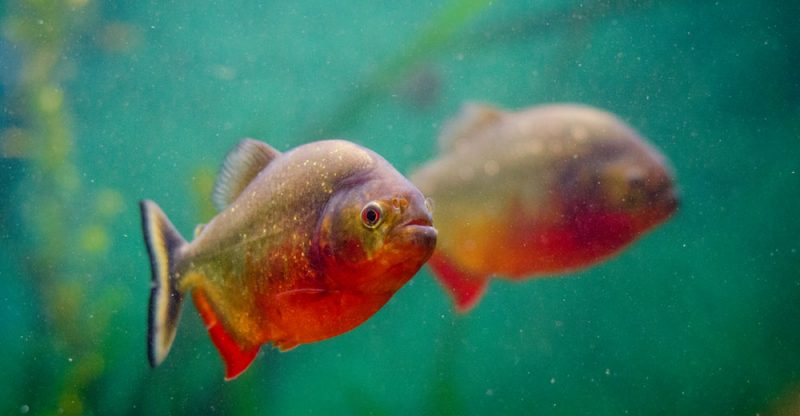A Must Read Guide On How To Reduce Ammonia In Fish Tank
If you have a fish aquarium at home, you know that ammonia is a huge problem. It is toxic and dangerous to any living organism in your fish tank. Ammonia has the ability to kill all the fish and plants in your tank. Therefore, it is important to understand how to reduce its levels. To help you in this process, here is a comprehensive guide on how to reduce ammonia in your fish tank.
1. Change the water immediately
Once you realise ammonia levels are high in your fish tank, the first thing you need to do is to change half of the water. This will not eliminate all the ammonia, but minimises the levels by adding uncontaminated water. This also ensures that the biological cycle in your fish tank is not affected.
2. Clean your fish tank gravel
Uneaten food and waste from the fish will result to production of ammonia in your tank once they accumulate in the gravel. This is why it is important to clean the gravel to make it free of any accumulation that can lead to release of ammonia.
After changing the water and cleaning the gravel, you can now try to determine the main cause of ammonia in the fish tank. Here are some of the ways to do it.
3. Get rid of all uneaten food
When you feed your fish, it is advisable you get rid of the uneaten food that floats around. Make sure you also remove the large chunks found at the bottom of the fish tank.
4. Eliminate all rotting or dead plants
Dead or rotting plants have the ability to produce ammonia. So, it is necessary you remove them once you recognise their presence in your fish tank.
5. Remove any dead fish from the tank
Fish do die and if your tank is large, there are many hiding places where they can die and you do not spot them. If you find that the ammonia levels in your tank are not reducing, it is advisable you begin to look if there are dead fish in the tank. Check all the corners and hiding places and you might just find several of them that might be causing the ammonia levels to go up.
6. Unclogging the filter
The filter is one of the most vital equipment in your fish tank. It is the place where vital bacteria that helps break down ammonia thrive. The bacteria ensure that the cycle in your fish tank go on at all times. In case the filter gets clogged, water does not flow freely over the bacteria, meaning that ammonia will not be broken down. It will not be turned into less toxic nitrites, leading to the rise of ammonia levels. Make sure you check the cartridges, impellers and filter tubes and if there is a need clean the filter of any clogging.
7. Reduce feeding of the fish
If the ammonia levels go up, this might affect the eating behavior of the fish. The fish becomes inactive making them eat less than usual. When this happens, you need to feed them one time in a day and make sure that all the food given is eaten. This is necessary because any leftovers will act as a catalyst for ammonia levels to go up.
8. Avoid overstocking your fish tank
As a beginner, you might be tempted to overstock your tank with fish. This is not advisable because the bacterial in your tank are not yet established to be able to handle the high amount of waste released by the fish. To avoid this problem, you need to have the number of fish that can allow bacteria handle their waste effectively.
9. Apply chemicals
In case the above strategies fail to reduce ammonia levels in your tank, you can decide to apply chemicals that help minimize the levels. There are pellets put in the filter that works effectively in reducing ammonia from the fish tank. However, note that applying the chemicals just offers short time solution, so take time to understand the actual cause of high ammonia levels in your fish tank.
10. Change more water
If everything seems not to be working, you should continue changing the water daily until the levels of ammonia reduce.
Bottom line
Once you have lowered the ammonia levels from your fish tank, you do not want to go through this process again. So, it is necessary you put preventive measures by measuring the ammonia levels using a test kit in your fish tank weekly. Another important thing to note is that when it is new, your fish tank will have high levels of ammonia. You do not have to panic, just give it time and allow your tank to cycle.





